ISW In Brief: Jailbreak Threatens Gains in Kandahar
April 28, 2011 -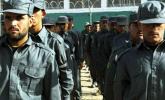
In the pre-dawn hours of Monday, 25 April, nearly 500 imprisoned insurgents escaped from Kandahar’s central prison through a 1,200 foot tunnel dug by the Taliban.

In the pre-dawn hours of Monday, 25 April, nearly 500 imprisoned insurgents escaped from Kandahar’s central prison through a 1,200 foot tunnel dug by the Taliban.

The unexpected rise of violence in northern Afghanistan that began in 2008 revealed that the insurgency had expanded its presence into a previously uncontested region.
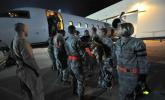
In recent days, Libyan rebels have struggled to maintain control of their previous strongholds in the face of an intensifying assault by Qaddafi’s forces.

Since March 19, 2011, U.S. and Coalition airstrikes have been targeting Libyan military forces loyal to Colonel Muammar Qaddafi.
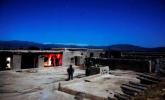
The Haqqani Network is important not only because of its tactical & operational proficiency, but because it links foreign terrorists like al Qaeda to operations inside Afghanistan.
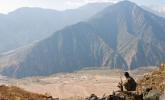
Insurgents in the eastern province of Nangarhar recently perpetrated one of the most vicious attacks against Afghan civilians in recent memory.

The United States’ position in Iraq recalls Henry Stimson’s warning: “The construction of a stable peace is a longer, more complex, and greater task than the relatively simple work of war-making.”

Although Uzbek militants have been active in Afghanistan and Pakistan since the late 1990s, little attention has been paid to these fighters.
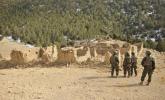
The Quetta Shura Taliban (QST)& their senior leadership is distinct from the Haqqani Network, which operates primarily from the southeastern provinces of Khost, Paktia & Paktika, all the way to Kabul.
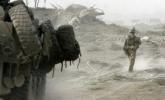
Interview with Jeffrey Dressler by Octavian Manea, Small Wars Journal